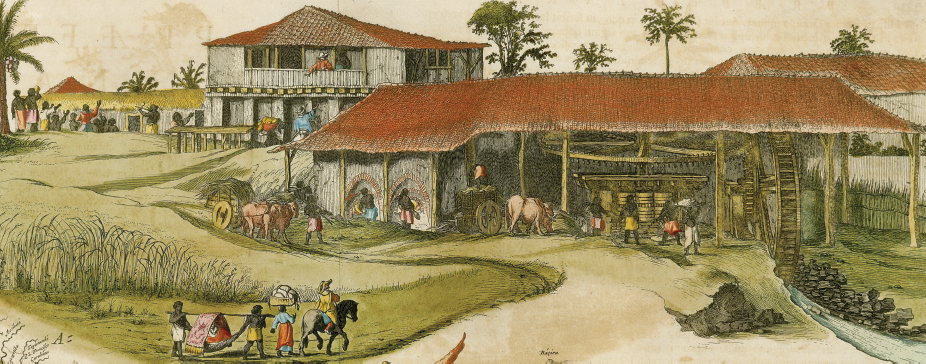Why did the southern colonies move toward a slave labor system?
Printed Page 72

CHRONOLOGY
1640s
- – Colonists in Barbados begin to grow sugarcane with the labor of African slaves.
1663
- – Royal charter is granted for the Carolina colony.
1670
- – Charles Towne, South Carolina, is founded.
1670–1700
- – Slave labor system emerges in Carolina and Chesapeake colonies.
1680
- – Popé leads the Pueblo Revolt.
ALTHOUGH FORCED NATIVE LABOR was common practice in New Spain, English colonists were unsuccessful in conscripting Indian labor. They looked instead to another source of workers used by the Spaniards and Portuguese: enslaved Africans. On this foundation, European colonizers built African slavery into the most important form of coerced labor in the New World.
slavery
 Coerced labor. African slavery became the most important form of coerced labor in the New World in the seventeenth century.
Coerced labor. African slavery became the most important form of coerced labor in the New World in the seventeenth century.
During the seventeenth century, English colonies in the West Indies followed the Spanish and Portuguese examples and developed sugar plantations with slave labor. In the English North American colonies, however, a slave labor system did not emerge until the last quarter of the seventeenth century. During the 1670s, settlers from Barbados brought slavery to the new English mainland colony of Carolina, where the imprint of the West Indies remained strong for decades. In Chesapeake tobacco fields at about the same time, slave labor began to replace servant labor, marking the transition toward a society of freedom for whites and slavery for Africans.
CHAPTER LOCATOR
What challenges faced early Chesapeake colonists?
How did Chesapeake tobacco society take shape?
Why did Chesapeake colonial society change in the late seventeenth century?
Why did the southern colonies move toward a slave labor system?
Conclusion: Why were export crops and slave labor important in the growth of the southern colonies?
 LearningCurve
LearningCurve
Check what you know.